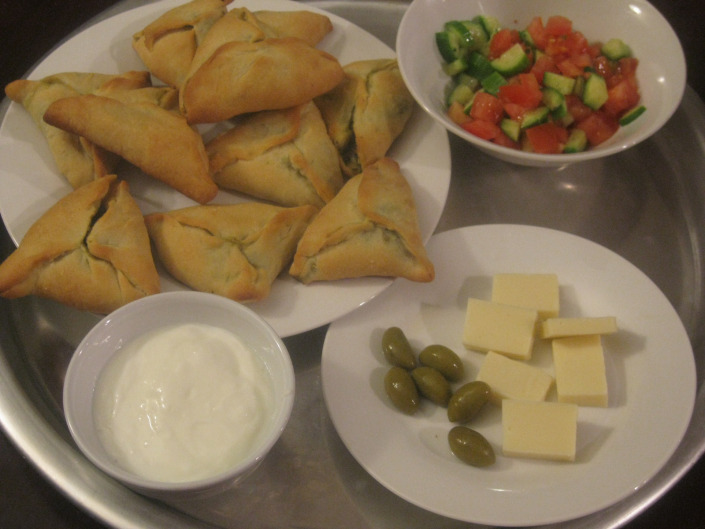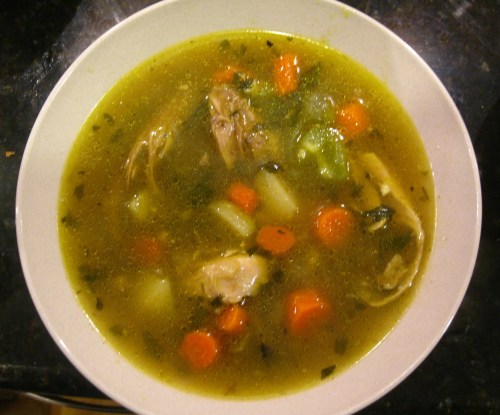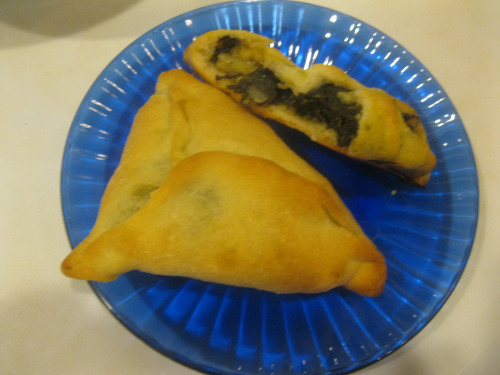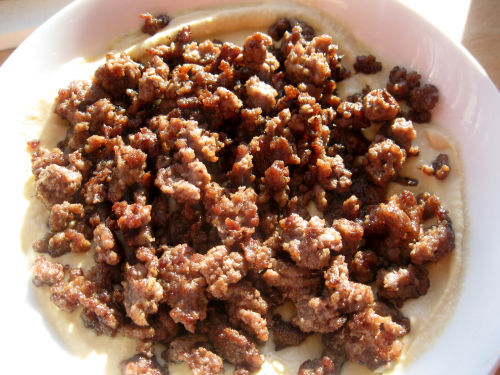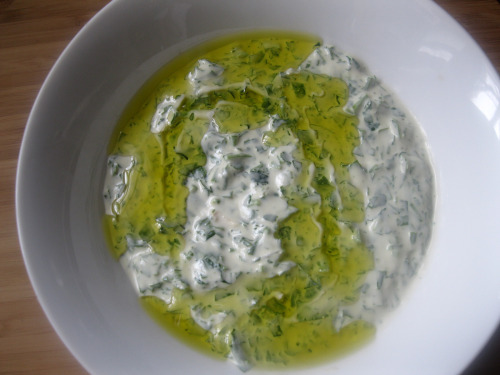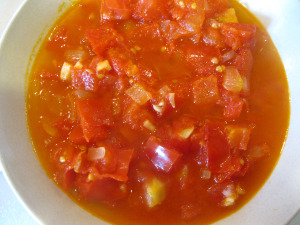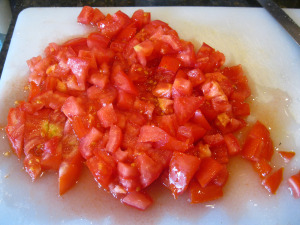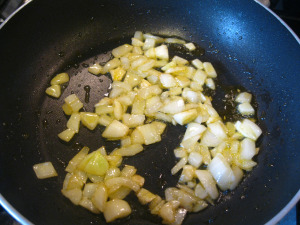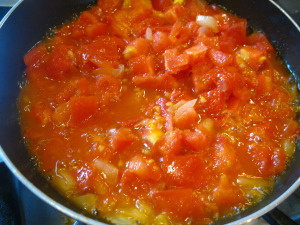breakfast/brunch
The Levantess’s Famous Falafel
Our Sunday brunch centered around falafel.
I’ve seen many falafel recipes on the interwebs. Some use canned chickpeas, some add flour, and some add fava beans. My preferred falafel contains ONLY chickpeas, no fava beans. I also like mine to have lots of parsley, onion, and garlic. You can see the greenish cast when you break it in half.
Also, once your chickpeas have soaked overnight, and get processed in the food processor with the onions and greens, there should be no need of flour to bind it together. If the falafel breaks up, that means that the oil probably needs to heat up a little more.
To kick it up a notch, I love to add radish leaves. I confess that I planted a bunch of radishes this year, just for the greens. They have a slightly peppery flavor,not unlike mustard greens. I plan to freeze some of them for the rest of the year, so I can add to my falafel when I don’t have fresh radishes.
And, don’t be squeamish about the garlic peel, just add the whole clove, peel and all. It contains antioxidants and has no discernible texture in falafel, as it gets well processed. By garlic peel, I mean the shiny peel right on the cloves, after you peel away the papery skin.
This requires some pre-planning, as you have to soak the chickpeas in advance. Other than that, though, it is not hard to make. You whir in the food processor, shape, and fry. Then you get to eat some wonderful, fresh falafel.
The Levantess’s Famous Falafel
1 cup dry chickpeas, rinsed and soaked overnight
½ a medium sized onion
4-6 cloves of garlic (including peel)
¾ cup parsley, roughly chopped
5-7 radish leaves, roughly chopped (can substitute ½ cup cilantro or more parsley)
1 teaspoon ground coriander
1 teaspoon cumin
1 teaspoon allspice
1 teaspoon salt, or to taste
1 teaspoon baking soda
Place all ingredients, except baking soda, in a food processor. Process well, until uniformly light green, and the chickpeas are processed to the size of bread crumbs.
Over high heat, heat about 2 inches of cooking oil in a deep skillet.
Right before frying, mix in the baking soda.
To Fry: Either shape using a falafel scoop (can spray some oil on it to keep things from sticking), or shape into balls with hands, flattening to 1½” slider-shaped patties. Wet hands slightly if the falafel mix starts sticking to your hands.
Drop one falafel into the oil to test. It should start bubbling right away. If the falafel breaks up, that means that the oil is not hot enough.
Fry 1-2 minutes on each side, until the falafel is a light golden brown. Drain in colander or on paper towels.
This made about 24 falafels.
Note – you can double or triple amounts, and freeze in meal-sized portions. Place in freezer bags, pressing flat. Defrost in a bowl of water. You’d just want to leave out the salt and baking soda until right before frying.
You can make it spicier/hotter than this, but my children do not like very spicy food, so I err on the side of well-spiced, but not hot-spicy.
Entered into Virtual Vegan Linky Potluck
Saturday Brunch – Bakdounsiya – Parsley Dip
Bakdounsiya is a common sight in a Levantine mezzeh spread. It is typically eaten with pita bread, just like hummus or any of the other mezzeh dips. It goes very well with grilled meats.
If you thin this out a bit more, it would be a good sauce or dressing to drizzle on top of grilled kofta, kabobs, fish, or falafel.
Bakdounsiya – Parsley Dip
1 cup chopped parsley
4 tablespoons tahini
2 tablespoons yogurt (optional)
juice of 1/2 lemon
1/3 – 1/2 cup water
1 small clove garlic, chopped finely, and mashed
Extra virgin olive oil for drizzling
Chop parsley as finely as possible.
Place in small bowl.
In a separate bowl, mix tahini, yogurt, and lemon juice. Stir until it thickens to a paste.
Add water, a little at a time, stirring till you have a smooth, creamy dip. Add salt to taste, and garlic. Taste to adjust for salt and/or lemon. You want this to lean towards sour.
Add parsley, and stir to combine completely.
Drizzle with extra virgin olive oil to serve, if desired.
Note – you can omit the yogurt for a vegan/dairy-free dip. Also, this is a gluten-free dip, and can be used with any gluten-free cracker or bread.
Manakeesh – Zaatar Pizzas
One of the tastiest things to eat is warm manakeesh with some hot tea. Trust me on this. Make some nice, strong tea and sweeten generously. Enjoy it with this tangy/savory bread.
I tagged this as semi-homemade, because the dough is typically home-made, but when you are short on time, frozen supermarket pizza dough is a good substitute.
I always pick up a couple of package of supermarket frozen pizza dough during my weekly shopping trips- the kind that comes in a small ball. I usually also have one or two as backup in the freezer. We try to do one pizza night per week, varying toppings. It is fast and easy to prepare, and my son loves to help make pizza. Tonight he helped by mixing the oil and zaatar, and spreading it on the dough.
Manakeesh will usually be a little less puffy than this one when it made with the home-made dough. I will feature the home-made dough in a future post.
We have this on weekend mornings or for dinner. There were a few pieces leftover after dinner, and my husband promptly put them away to have for breakfast tomorrow.
Note – you can completely omit the cheese.
To make it a complete meal, put out several of the following small plates: lightly salted sliced tomatoes, sliced cucumbers, Akkawi/Feta/Halloumi cheese, olives, labneh, fried or boiled eggs.
Manakeesh – Zaatar Pizzas
1 lb package frozen whole wheat pizza dough, defrosted and brought to room temperature
4 tablespoons zaatar
1/2 cup extra virgin olive oil
1/2 cup shredded mozzarella or feta or a blend of the two
1/2 – 1 teaspoon sumac (optional)
Preheat oven to 400 F.
Cut dough into two rounds. Roll each one out to about a 10 inch round. Prick with tines of a fork.
Pour olive oil into a bowl. Add zaatar and stir to incorporate completely.
On first round, pour out half the zaatar oil mixture. Spread evenly.
On second round, pour out the rest of the zaatar oil mixture, and spread. Sprinkle cheese on top. Sprinkle with sumac, if using.
Bake 12-15 minutes until dough is done.
Tomato Skillet
Since the week is hectic, with everyone dashing off to work, school, etc, we have just enough time to grab something quick for breakfast. Therefore, during the weekend, we typically like to linger and enjoy a Mediterranean style breakfast/brunch spread where we gather a few traditional ‘plates’ such as eggs, olives, zaatar, and tomato skillet. It is especially good during the summer, when flavorful, juicy tomatoes are in season. You eat it by scooping up the tomatoes with pita or flat bread, as one would hummus. Make sure to sop up all the flavorful juices, too!
Tomato Skillet (qalayet bandoura)
2 tomatoes, chopped
1/2 small onion, finely chopped
2 cloves garlic, chopped
2 tablespoon extra virgin olive oil
salt, to taste
Heat olive oil in skillet. Add onions and garlic and half a teaspoon of salt. Saute for 1 minute, until fragrant and onions are translucent.
Add tomatoes. Bring to a boil. Reduce heat to low and cover, allow to simmer for about 8-10 minutes, until tomatoes are cooked, adding salt, if desired. You can uncover it the last couple of minutes if you’d like to reduce the liquid somewhat.
Serve with warmed pita or flatbread as part of a Mediterranean style brunch menu.
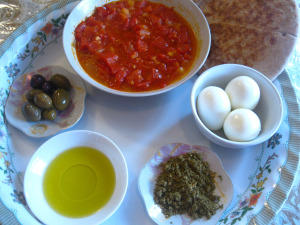
Variation: You could add half a pepper, chopped, with the onions. You can also spice this if you like, but I think in this simple dish, the tomatoes are perfectly complemented by the onions, garlic, and fruity extra virgin olive oil.
